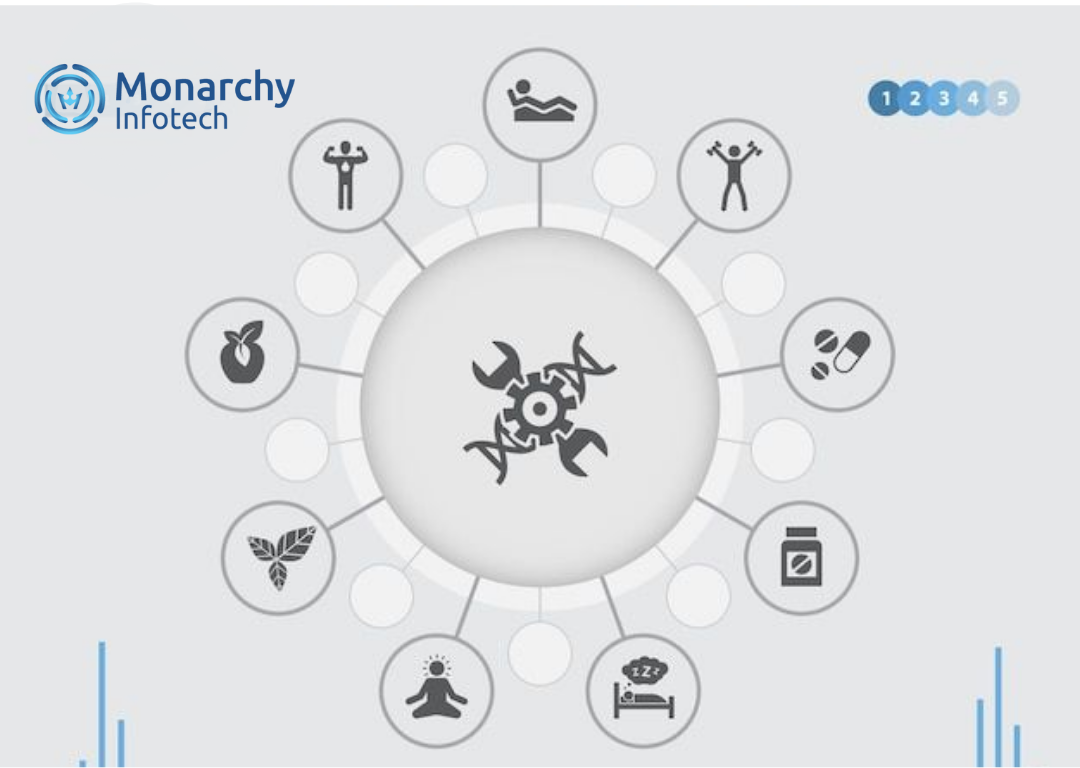Digital twins—digital copies of physical objects, processes, or systems—are becoming vital instruments for intelligent businesses. Through the replication of actual conditions in a virtual space, companies have the ability to fine-tune performance, forecast malfunctions, and enhance decision-making. This blog discusses how digital twins are revolutionizing sectors such as manufacturing, healthcare, and logistics, and why embracing this technology is unavoidable for remaining competitive during the age of data-driven innovation.

Digital Twins: The Virtual Backbone of Smart Business
Digital Twins: The Virtual Backbone of Smart Business
In the hyper-connected world of today, companies are forever pressured to innovate, optimize, and deliver quicker. Come in digital twins—a technology that's rewriting the way firms design, run, and control physical systems. Not just 3D models, digital twins are dynamic, data-driven copies that reflect real-world assets and processes in real time.
From factories to cities, digital twins are becoming the virtual foundation of contemporary businesses.
What Is a Digital Twin?
A digital twin is a virtual copy of a physical object, system, or process, that is kept constantly up to date with real-time information. With sensors, IoT, machine learning, and AI, digital twins offer a live, dynamic reflection of their actual-world equivalents.
Consider it a dynamic digital replica that learns, predicts, and assists you in making improved decisions.
How Do Digital Twins Function?
Digital twins consolidate information from various sources like:
- IoT sensors
- Operational systems (ERP, CRM, etc.)
- AI/ML algorithms
- Historical performance logs
The twin subsequently replicates conditions, forecasts results, and allows "what-if" scenario testing—without risk to the physical system.
Core Advantages of Digital Twins
1. Predictive Maintenance
Real-time monitoring of equipment, predictive failures, and avoiding expensive downtime through prewarning.
2. Operational Efficiency
Maximize workflows, minimize waste, and optimize resource use by examining performance in digital form prior to actual-world adjustments.
3. Faster Innovation
Prototype new concepts, designs, or operation tactics virtually without interrupting manufacturing.
4. Improved Decision-Making
Obtain accurate real-time information for strategic planning, supply chain optimization, and customer service enhancement.
5. Sustainability
Digital twins reduce energy consumption, emissions, and waste by being able to model more efficient systems.
Applications in the Real World
- Manufacturing: Model factory operations, lower downtime, and optimize production schedules.
- Healthcare: Model patient-specific treatment or maximize hospital equipment and staff utilization.
- Retail: Model store layout, monitor inventory flow, and predict customer behavior.
- Smart Cities: Optimize traffic, utilities, and public services using digital twins of whole infrastructures.
- Aerospace & Automotive: Build virtual prototypes of planes or cars to identify problems prior to physical testing.
Why It Matters Now
With Industry 4.0 and the Internet of Things (IoT) becoming more prevalent, digital twins are shifting from being a luxury to a necessity. The power to simulate, analyze, and respond in real-time is providing businesses with a key competitive advantage.
Gartner predicts that more than 50% of major industrial organizations will have adopted digital twins by 2027—enabling 10% increase in effectiveness.
Challenges and Considerations
- Data Security: Digital twins are based on huge data streams—securing that data is crucial.
- Complexity of Integration: Integrating heterogeneous systems and sensors might be complex, particularly in brownfield settings.
- Cost & Expertise: Setup costs and a requirement for AI/IoT expertise could prove to be handicaps for smaller organizations.
But cloud platforms and ready-made solutions are making digital twins as accessible as can be.
Digital twins aren't just a technology trend—they're a strategy enabler. Companies that seize this powerful technology will have unprecedented visibility, agility, and control of their operations.






